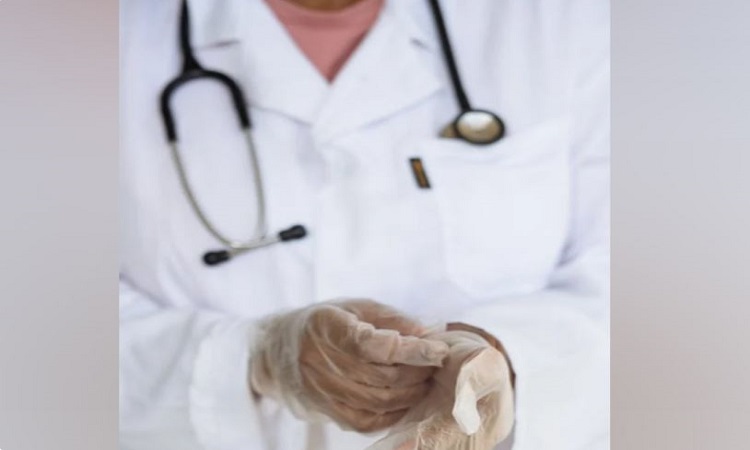 English
English

According to a study conducted at UCLA, a protein known as CEACAM1 helps shield the liver from damage during the transplantation process, which may enhance the success of the procedure. Read further on Dynamite News:

California: According to a study conducted at UCLA, a protein known as CEACAM1 helps shield the liver from damage during the transplantation process, which may enhance the success of the procedure. However, the characteristics that control this protective attribute are still unknown.A research team has discovered the molecular mechanisms underlying this protection and demonstrated how to increase CEACAM1's protectiveness through alternative gene splicing and molecular tools, thereby minimising organ damage and ultimately enhancing post-transplant outcomes. The results of this new study were published online in Science Translational Medicine.
Prior to transplantation, a solid organ, such as a liver, has no blood flow and, as a result, lacks oxygen. Blood supply is returned to the organ during transplantation, but that process can cause inflammation and tissue damage called ischemic reperfusion injury, also known as reoxygenation injury.“Understanding the factors that lead to organ shortage remains the best option to expand the donor pool available for life-saving transplantation,” said Kenneth Dery, an associate project scientist in the UCLA Department of Surgery and the study’s lead author. “Peri-transplant events, such as ischemia-reperfusion injury activate the recipient’s immune responses and negatively affect outcomes.
Specifically, the researchers found that Hypoxia Inducible Factor 1 (HIF-1α), which regulates oxygen consumption, played a central role in orchestrating the activation of the version of CEACAM1, called CEACAM1-S, that limits cellular injury and improves liver function in mice. They also found that this relationship between CEACAM1-S and HIF-1 in donor livers in humans predicts better overall liver transplantation outcomes and better immune functioning.
The researchers identified a novel gene expression pathway that becomes activated following ischemia and oxygen stress. This pathway, called alternative splicing, is an adaptation that cells use to boost their protein diversity in times of danger, inflammation, and injury.
The researchers showed that as the cell senses low oxygen conditions, HIF-1α begins regulating the RNA splicing factor, Polypyrimidine tract-binding protein 1 (Ptbp1), that in turn directs the splicing of the CEACAM1 gene, leading to the protective CEACAM1-S version that reduces the liver injury that accompanies transplantation.
In addition, the researchers used a molecule called DMOG in animal studies to stabilize HIF-1α in vivo, under normal oxygen conditions, which effectively boosted the protective version of CEACAM1-S, thus providing a therapeutic proof-in-concept for future studies.
“These results suggest that CEACAM1-S may be a potential marker of liver quality and that efforts to increase its expression may have therapeutic benefits for transplantation or acute liver injury,” the researchers write.The next steps will be to test the perfusion of tissues from suboptimal human livers that were kept in extended cold storage in the presence of molecules called morpholinos that modify gene expression.
Many hundred genes are likely undergoing alternative splicing in an effort to manage the cellular stress that accompanies liver transplanation, Dery said.
“Our hypothesis is that if we can identify all the alternative splicing changes that are occuring following ischemic stress, we can begin to really understand how to “rejuvenate” donor organs, which play an important role in reducing organ shortages,” he said.
“Forming the ‘beneficial’ version of CEACAM1-S prior to liver transplantation has the potential to act as a checkpoint regulator of oxygen-related stress and will see a reduction of liver ischemia-reperfusion injury.” (ANI)
No related posts found.